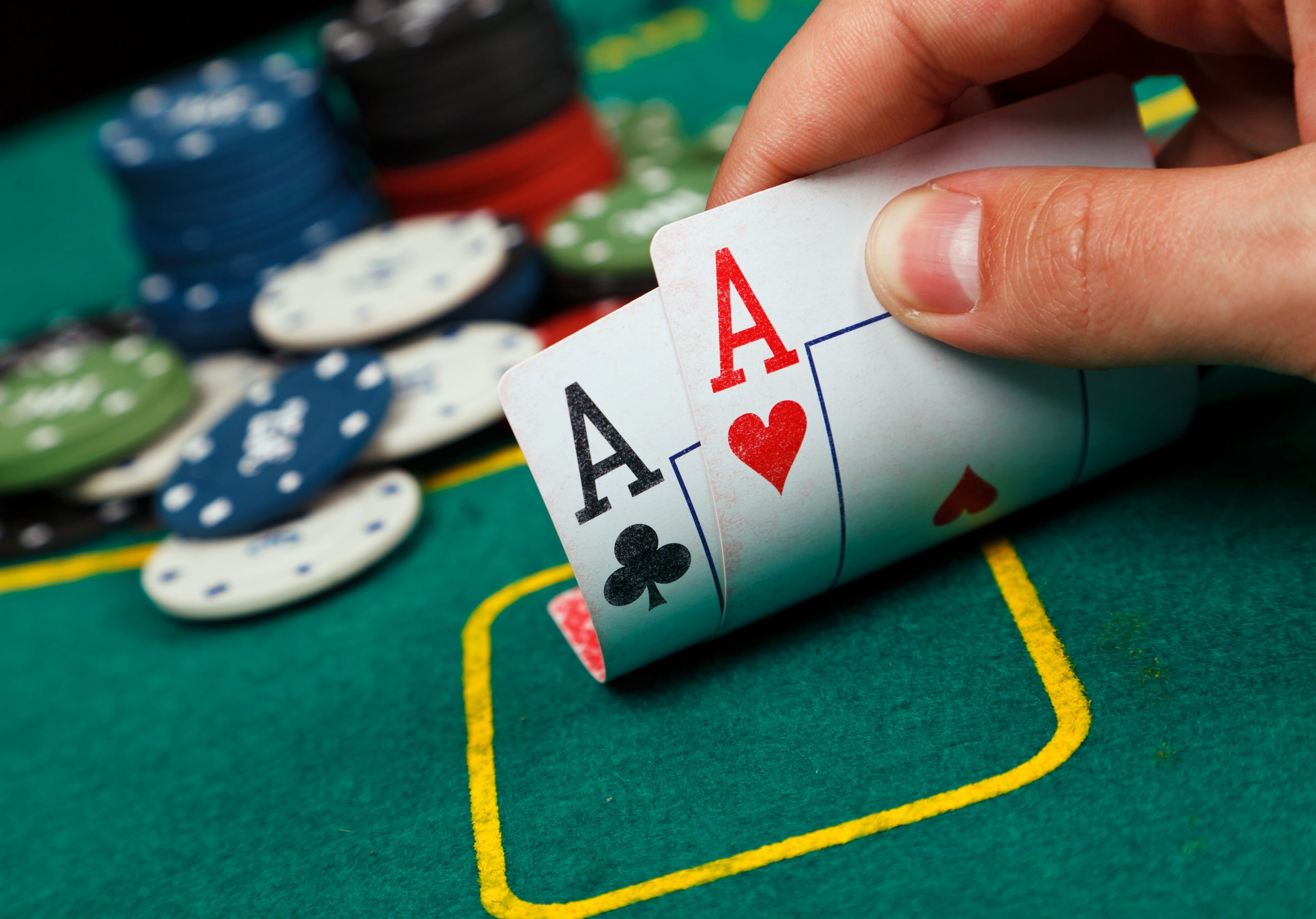
Poker is a card game that is played by two or more players and involves betting money (chips) in a pot. While there are many different variations to poker, the basic rules and hand rankings remain the same. Poker can be an extremely entertaining game, and it can also teach valuable lessons about strategy, mathematics, and social interaction.
The game is usually played with a standard deck of 52 cards, although some variants use multiple packs or add wild cards (dueces, one-eyed jacks, etc.). There are four suits in poker – spades, hearts, diamonds and clubs – but no suit is higher than another. The objective of poker is to make the best five-card hand possible. If no one has a better hand than yours, you win the pot.
A key aspect of poker is knowing when to bluff and when to fold. You should always try to fold if you have a bad hand or think that you can’t win, but bluffing is sometimes the best way to win.
In poker, each player puts a certain amount of money into the pot in each betting round. This is known as the ante. The first player to act places a bet, called an open bet, and every player can choose to call it or raise it. If you raise a bet, you must match the amount that was raised by the person before you.
After the opening bet, the flop is dealt. The flop consists of three community cards that are revealed in the center of the table. This is the second betting round. After the flop, there is another betting round called the turn. After this, there is a final betting round called the river.
During each betting interval, only players who have a valid hand can place additional chips into the pot. To do this, they must have a pair or a straight or a flush of cards of the same rank. If a player does not have any of these, they must discard their cards and be said to “drop” or “fold.”
As each round progresses, the pot grows, and players who have strong hands are able to force weaker hands out by betting large amounts. However, there is still a considerable amount of luck involved in the outcome of each hand.
The first step to becoming a good poker player is understanding the game’s terminology. There are many verbs and phrases that must be learned. The most important of these are: